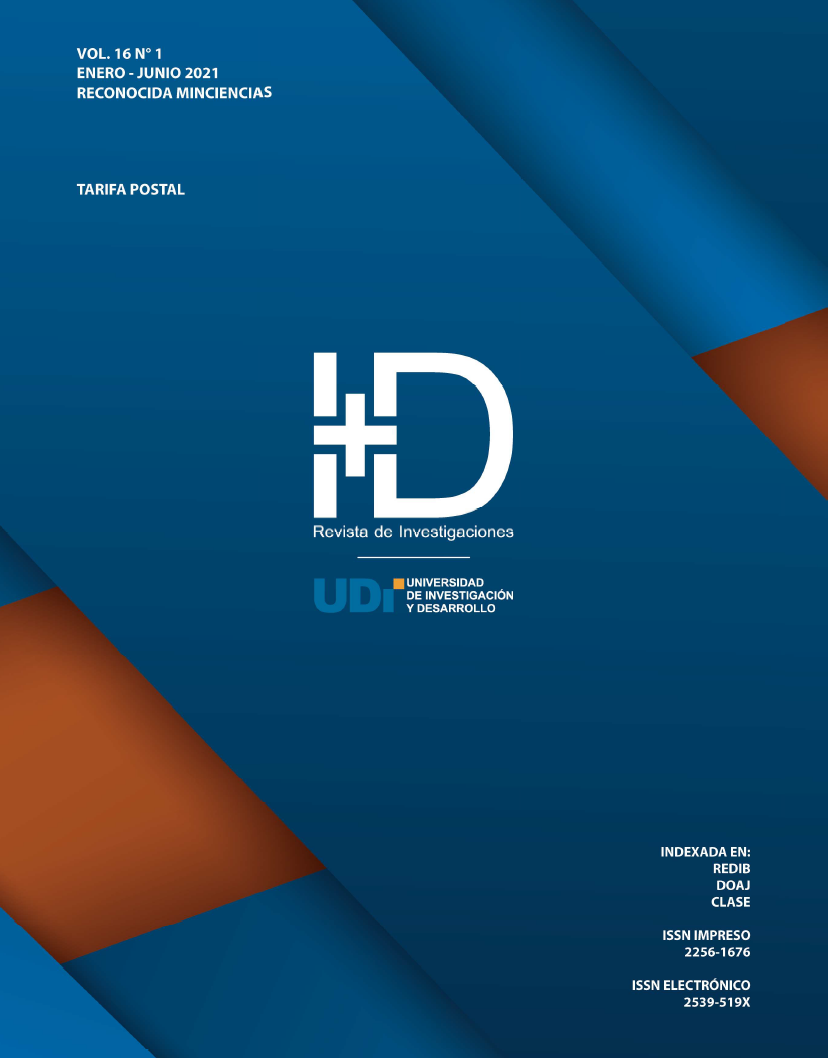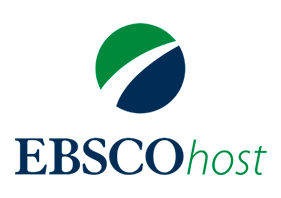Classcraft as a gamified tool for the teaching of Integration of processes with computer technology
DOI:
https://doi.org/10.33304/revinv.v16n1-2021006Keywords:
Classcraft, education, gamification, processes, technologyAbstract
New technologies continue to change schemes and ways of managing information from industrial processes. With them, changes in the way society today relates, communicates, how it understands the interactions between people, how it finds new motivations associated with the use of technology have also emerged. This work focuses on studying the motivation generated in a university undergraduate class, in which a standard gamified tool in the market was incorporated for the teaching and learning of the course. The contents of the class are directly related to the integration of technology into business processes, and the students included in the sample are in the fifth year of an engineering program. The results show that students widely prefer a gamified class, but , at the same time, some of the elements of gamification, including those related to random effects, are not well perceived, while the avatars give meaning to the development of a virtual community with new personal identities, which deeply appeals to young people in secondary education.Downloads
References
Acosta-Medina, J. K., Torres-Barreto, M. L. y Alvarez-Melgarejo, M. (2020). Literature Mapping About Gamification in the Teaching and Learning Processes. Revista ESPACIOS, 41(11), 26. https://www.revistaespacios.com/a20v41n11/20411126.html
Acosta-Medina, J. K., Torres-Barreto, M. L., Alvarez-Melgarejo, M. y Paba-Medina, M. C. (2020). Gamificación en el ámbito educativo: Un análisis bibliométrico. I+D Revista de Investigaciones, 15(1), 30-39. https://doi.org/10.33304/revinv.v15n1-2020003
Aji, T. P. y Napitupulu, T. A. (2018). Effect of Gamification on E-Learning to Support Learning Achievement and Learning Motivation. Journal of Theoretical and Applied Information Technology.
Berchet, C. y Habchi, G. (2005). The Implementation and Deployment of an ERP System: An Industrial Case Study. Computers in industry, 56(6), 588-605.
Bozkurt, A. y Durak, G. (2018). A Systematic Review of Gamification Research: In pursuit of homo ludens. International Journal of Game-Based Learning, 8(3), 15-33. https://doi.org/10.4018/ijgbl.2018070102
Burke, B. (2016). Gamify (1.a ed.). Taylor & Francis Group. https://doi.org/10.4324/9781315230344
Campos, A. (2010). Neuroeducación: Uniendo las neurociencias y la educación en la búsqueda del desarrollo humano. La educ@ación, 143, 1-14.
Comas-Forgas, R. y Sureda-Negre, J. (2010). Academic Plagiarism: Explanatory Factors from Students’ Perspective. Journal of Academic Ethics, 8(2), 217-232. https://doi.org/10.1007/s10805-010-9121-0
Davenport, T. y Short, J. (1990). The New Industrial Engineering: Information Technology and Business Process Redesign. Sloan Management Review.
Dunbar, K. N. (2008). Arts Education, the Brain, and Language. En C. Asbury y B. Rich (eds.), Learning, Arts, and the Brain. The Dana Consortium Report on Arts and Cognition (pp. 81-92). Dana Press.
Estupiñan Ricardo, J., Cherrez Cano, I., Intriago Alcívar, G. y Torres Vargas, R. (2016). Neurociencia cognitiva e inteligencia emocional. La gestión pedagógica en el contexto de la Formación Profesional. Didasc@lia: Didáctica y Educación, 12(4), 207-214.
Foncubierta, J. y Rodríguez, C. (2014). Didáctica de la gamificación en la clase de español. Edinumen.
Frost, J. y Eden, A. (2014). The Effect of Social Sharing Games and Game Performance on Motivation to Play Brain Games. En B. Schouten, S. Fedtke, M. Schijven, M. Vosmeer y A. Gekker (eds.), Games for Health 2014 (pp. 48-55). Springer Vieweg.
Glover, I. (2013). Play As You Learn: Gamification as a Technique for Motivating Learners. Proceedings of EdMedia 2013-World Conference on Educational Media and Technology, 1999-2008.
Hardiman, M. M. (2003). Connecting Brain Research with Effective Teaching: The Brain-Targeted Teaching Model. Scarecrow Press.
Ito, M. (2000). Mechanisms of Motor Learning in the Cerebellum. Brain research, 886(1-2), 237-245.
Kapp, K. M. (2012). Research Says...Games are Effective for Learning. En The gamification of learning and instruction: game-based methods and strategies for training and education (75-103). John Wiley & Sons.
Klock, A. C. T., Gasparini, I. y Pimenta, M. (2019). User-Centered Gamification for E-Learning Systems: A Quantitative and Qualitative Analysis of its Application. Interacting with Computers, 31(5), 425-445. https://doi.org/10.1093/iwc/iwz028
Lobo-Rueda, M. A., Paba-Medina, M. C. y Torres-Barreto, M. L. (2020). Análisis descriptivo de experiencias gamificadas para enseñanza y aprendizaje en educación superior en ingeniería. Revista ESPACIOS, 41(16), 21. https://www.revistaespacios.com/a20v41n16/20411621.html
Marache-Francisco, C. y Brangier, E. (2014). The Gamification Experience: UXD with a Gamification Background. En K. Blashki y P. Isaias (eds.), Emerging Research and Trends in Interactivity and the Human-Computer Interface (pp. 205-223). IGI Global. https://doi.org/10.4018/978-1-4666-4623-0.ch010
Monterrat, B., Lavoué, É. y George, S. (2014). Motivation for Learning: Adaptive Gamification for Web-Based Learning Environments. CSEDU 2014 - Proceedings of the 6th International Conference on Computer Supported Education, 117-125. https://doi.org/10.5220/0004848101170125
Morales, D. y Alfonso, Y. M. (2006). La importancia de promover en el aula estrategias de aprendizaje para elevar el nivel académico en los estudiantes de Psicología. Revista Iberoamericana de Educación, 40(1), 1-17. https://doi.org/10.35362/rie4012532
Nikolopoulos, K., Metaxiotis, K., Lekatis, N. y Assimakopoulos, V. (2003). Integrating Industrial Maintenance Strategy into ERP. Industrial Management & Data Systems, 103(3), 184-191. https://doi.org/10.1108/02635570310465661
Nisbet, J. y Shucksmith, J. (2017). Learning Strategies (1.a ed.). Taylor & Francis Group. https://doi.org/10.4324/9781315188652
Rojas-López, A., Rincón-Flores, E. G., Mena, J., García-Peñalvo, F. J. y Ramírez-Montoya, M. S. (2019). Engagement in the Course of Programming in Higher Education Through the Use of Gamification. Universal Access in the Information Society, 18(3), 583-597. https://doi.org/10.1007/s10209-019-00680-z
Sanabria, A. (2006). Las TIC en el sistema escolar de Canarias: Los programas institucionales de innovación educativa para la integración curricular de las Tecnologías de la Información y la Comunicación. Revista Latinoamericana de Tecnología Educativa-RELATEC, 5(2), 191-202.
Sousa, D. A. (2011). How The Brain Learns. Corwin Press.
Torres-Barreto, M. L. (2014). Los micro mundos virtuales como apoyo al proceso de aprendizaje en la educación media. Encuentro Internacional de Educación en Ingeniería ACOFI 2014.
Torres-Barreto, M. L. (2018). Herramienta didáctica motivacional basada en gamificación y apoyada en TIC para adquirir y aplicar competencias transversales en estudiantes de ingeniería: MOTIVATIC (hal-02166319). https://hal.archives-ouvertes.fr/hal-02166319/
Turkle, S. (1996). Who Am We? Wired Magazine, 4(1).
Wang, K., Bui, V., Petraki, E. y Abbass, H. A. (2018). Human-Guided Evolutionary Story Narration. IEEE Access, 6(3), 13783-13802. https://doi.org/10.1109/ACCESS.2018.2797879
Werbach, K. y Hunter, D. (2012). Level 5: Game Changer: Six steps to gamification. En For the Win: How Game Thinking Can Revolutionize Your Business. Wharton Digital Press. (85-102).
Zichermann, G. y Cunningham, C. (2011). Gamification by Design: Implementing Game Mechanics in Web and Mobile Apps (1.a ed.). O’Reilly Media.












